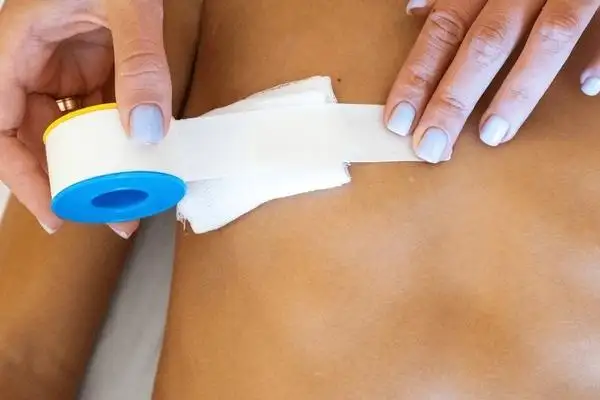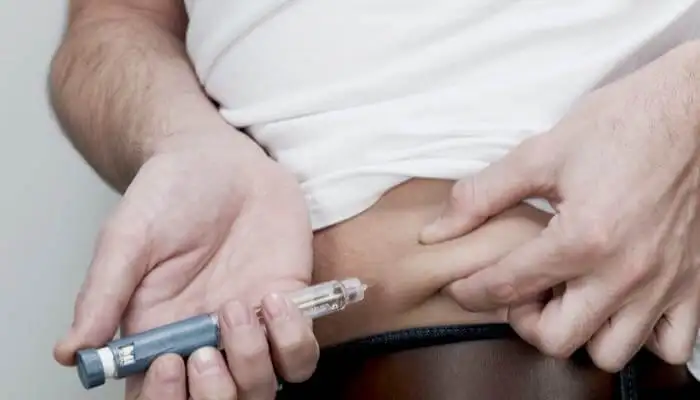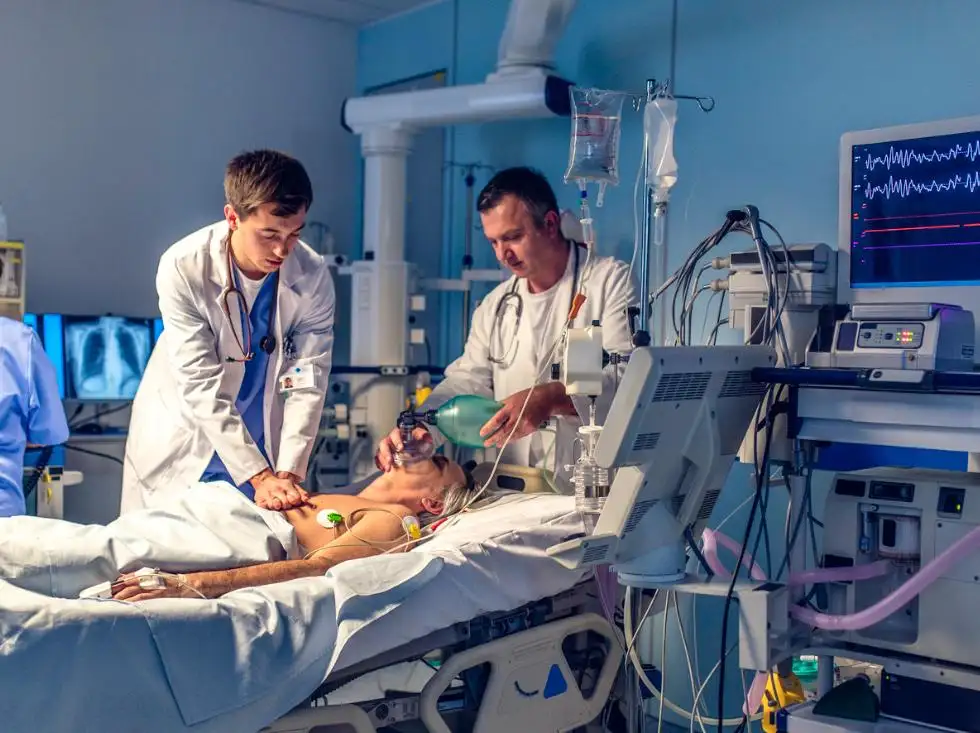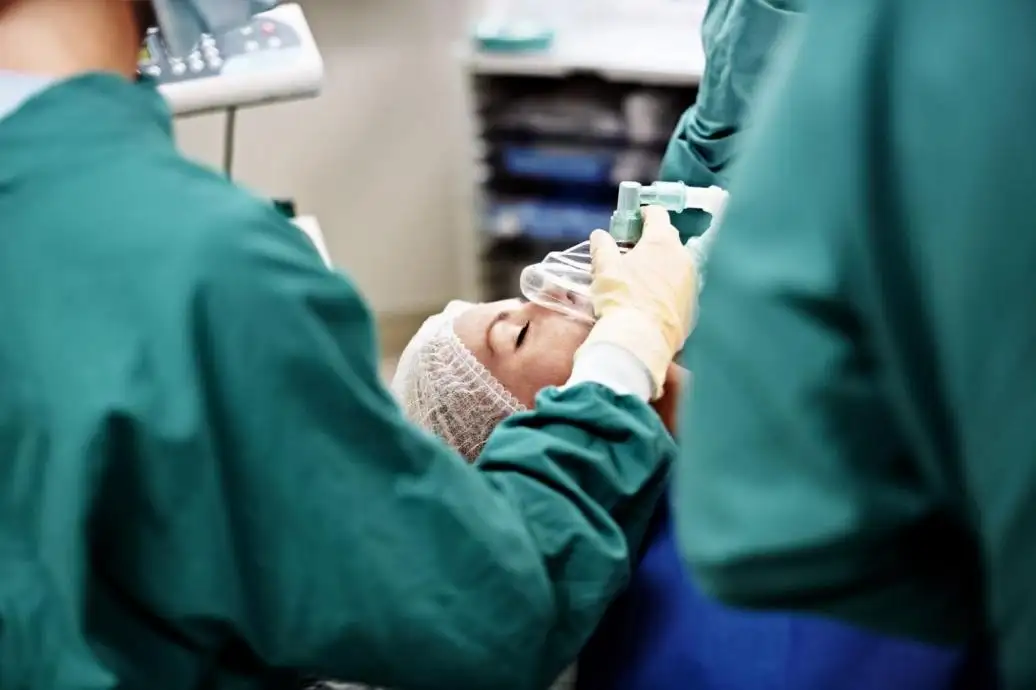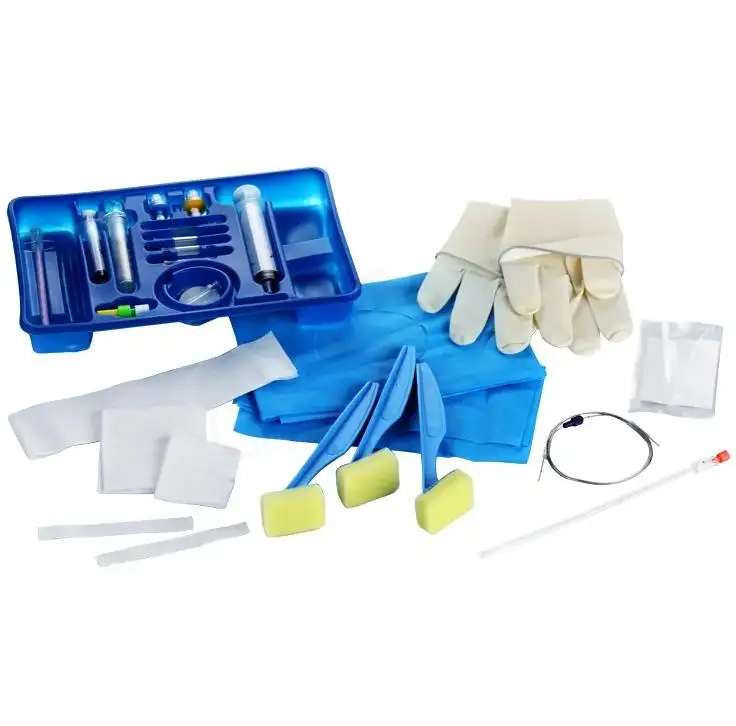Top Safety Gaps in Face Shields For Healthcare
Face Shields For Healthcare are essential in every clinical setting, yet avoidable gaps still reduce comfort, visibility, and fluid protection for the people who need them most. At Greetmed, we build practical PPE and medical disposables, and we see a clear pattern: small design choices at the bench often become big problems at the bedside. Below, we share the risk areas we monitor, how our team addresses them, and a short checklist you can use before your next purchase. We also introduce a related emergency-care item to show how consistent, clinical thinking leads to safer gear across categories.

The Hidden Safety Gaps in Face Shields For Healthcare
In controlled tests, many shields look fine. On busy wards, the cracks appear. The first and most visible issue is fogging. Warm breath and a cool visor can cloud the field right when a nurse needs to read a label or a physician needs a clean view for a line insertion. The second issue is glare from ICU lights, OR lamps, or monitors; bright reflections force micro-pauses that add up over a shift. Fit is the quiet third. Headbands that pinch or slip create hotspots, headaches, or distractions that cause staff to remove the shield for "just a moment." That moment is when exposure can happen. Finally, coverage matters. A visor that is too short or too narrow leaves the jawline and neck vulnerable to splash from an unexpected cough or a sudden repositioning.
Durability and cleanability follow close behind. Some visors haze or crack after repeated wiping. Soft foams can hold moisture, complicating hygiene between patients. Then there is the supply problem: frequent supplier switches make training harder and consistency uneven. Each weakness alone is a risk; combined, they turn protective gear into a workflow obstacle.
✅ What frontline staff report:
• Fogging during longer tasks; visibility drops at critical steps
• Glare under overhead lights; eyestrain and slower task flow
• Bands that slip or pinch; removal during peak activity
• Narrow or short visors; cheeks and neck exposed to splash
• Materials that degrade with disinfectants; haze, cracks, loose foam
• Model changes mid-crisis; retraining and confusion on the floor
❓ Why small faults escalate
A shield is worn for hours, not minutes. Minor discomfort becomes non-adherence. Slight haze becomes misread labels. A narrow edge becomes an exposed angle during patient turning. In other words, the "little" problems rarely stay little.
Greetmed's Approach: Closing the Gaps Without Adding Friction
At Greetmed, our standard for Face Shields For Healthcare is simple: protection that stays out of the way. We design for real light conditions and real movement. Clear sight lines come from optical-grade clarity and geometry that reduces edge distortion. We shape the visor to help with lateral wrap so side splash is less likely to reach exposed skin. Weight is balanced so the shield sits stable on hair caps without pressure hotspots. Adjustability matters, but stability matters more; a good fit is one you forget about.
Cleanability guides our material choices. Components are selected to tolerate repeated wiping while helping preserve clarity across the shift. We keep the construction straightforward, because fast training and consistent use are part of safety. When teams search for anti-fog medical face shields or comfortable face shields for nurses, they are usually seeking fewer interruptions and more focus. Our aim is to meet that need with simple, dependable design choices rather than complicated add-ons.
✅ Design choices that matter:
• Balanced weight distribution to reduce slippage over time
• Visor geometry that minimizes edge distortion and glare
• Coverage tuned for typical patient positions and splash angles
• Materials compatible with common disinfecting routines
• Clear, consistent packaging and IFUs to speed onboarding
We know no single feature solves every scenario. That is why we test combinations: light angles, mask types, hair caps, loupes, and stethoscopes - all to ensure compatibility and comfort in real workflows. The result is Face Shields For Healthcare that support concentration instead of demanding attention.
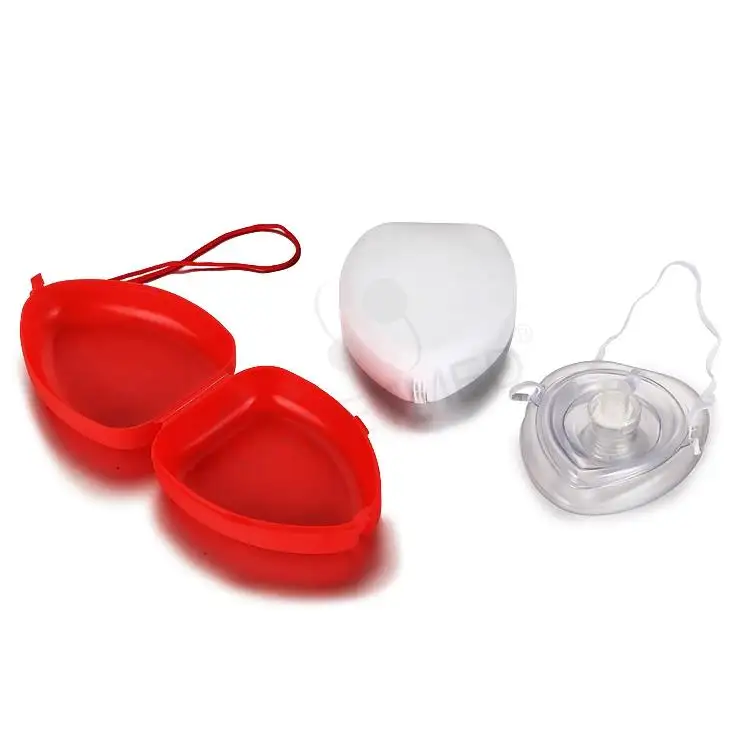
Buyer's Checklist and Related Emergency Protection
Procurement teams often ask how to compare options quickly. The following checklist can be used during sample trials or supplier reviews. Keep it simple: test with your own lighting, your own caps, your own masks, and your own disinfectants.
✅ Quick checklist for procurement teams:
• Visibility: Check clarity at the visor edges and under your brightest lights. Simulate heavy breathing to gauge fogging.
• Comfort & Fit: Wear for at least 60 minutes while moving and charting. Confirm no slipping, pinching, or pressure hotspots.
• Coverage: Verify lateral wrap and length below the chin during routine patient turns and procedures.
• Cleanability: Wipe down several times using your in-house protocol; look for haze, cracks, or loosened components.
• Compatibility: Test with masks, hair caps, loupes, headlights, and stethoscopes to ensure no interference.
• Training & Supply: Favor consistent SKUs and clear instructions to simplify onboarding and reorders.
A robust PPE program also includes barrier tools for high-risk moments. One example from our emergency-care portfolio shows how we carry the same design logic across categories.
Related product: Greetmed First Aid CPR Mask
Our first aid CPR mask is built to protect the rescuer during manual resuscitation while supporting effective ventilation. It reflects the same attention to clarity, hygiene, and usability that we apply to Face Shields For Healthcare.
• Material: Latex-free
• Contents: Foldable cushion mask with oxygen port, one-way valve, disposable filter, elastic head strap
• Function: Protects the rescuer during CPR; suitable for adults, children, and infants
• Storage: Keep the mask in its storage case when not in use
• Storage Temperature: −45℃ to 71℃
• Storage Relative Humidity: <80%
• Certification: CE / ISO13485 / FDA
• OEM: Accept
The cushioned edge helps form an airtight seal over the mouth and nose. The clear body supports visual checks. The one-way valve directs air to the patient while blocking backflow. Many versions include a compact case for quick access; some add a keychain or clip for daily carry. An oxygen inlet can connect to supplemental oxygen during advanced resuscitation. Small, simple, and portable - this tool is a practical companion for first aid kits at home, at work, or in public spaces.
Call to Action - Close the gaps with Greetmed: If you are updating your PPE lineup, invite us to join your next user trial. We can support quick sampling, feedback loops with clinicians, and OEM solutions aligned to your protocol. Whether you need everyday Face Shields For Healthcare or complementary emergency items like our CPR mask, our priority is the same: reliable protection that lets teams focus on care, not equipment.
By addressing fogging, glare, fit, coverage, durability, and supply consistency, health systems reduce risk and improve adherence. When a shield disappears into the workflow, attention returns to patients. That is the standard we design for at Greetmed, and it is the standard we believe the industry should expect.
Submit Your Request
Recent Posts
Tags
- Adult Diapers
- Are custom medical devices safe
- Baby Diapers
- Can respiratory anesthesia be used
- Digital Healthcare
- Do you offer customized consumables
- European Market
- How do you take care of a skin wound
- Industry Trends
- Lady Sanitary Napkins
- Medical Devices
- OEM Medical Devices
- Product Introductions
- Protective Equipment
- Under Pads
- What are custom-made medical devices
- What are diagnostic products
- What are hospital dressing products
- What are medical tube catheters
- What are some common protective equipment
- What are the appropriate applications for hospital dressing products
- What are the appropriate uses for protective equipment
- What is a gynecological examination
- What is a medical consumable
- What is an anesthesia kit
- What is an OEM in medical devices
- what is an wound skin care
- what is can disposable ultrasonic diagnostic
- What is good manufacturing medical devices
- What is hospital-grade protective equipment
- what is medical equipments hospital furniture
- What is medical sterilization wrapping
- What is rehabilitation equipment device
- What medical consumables do you supply
- Where can I find laboratory consumables wholesale
- where can I find medical protection device
- where to buy hypodermic accessories
- where to buy medical apparel
- where to buy medical consumable accessories
- where to find OEM medical device supplier
- where to find rehabilitation equipment supplier





